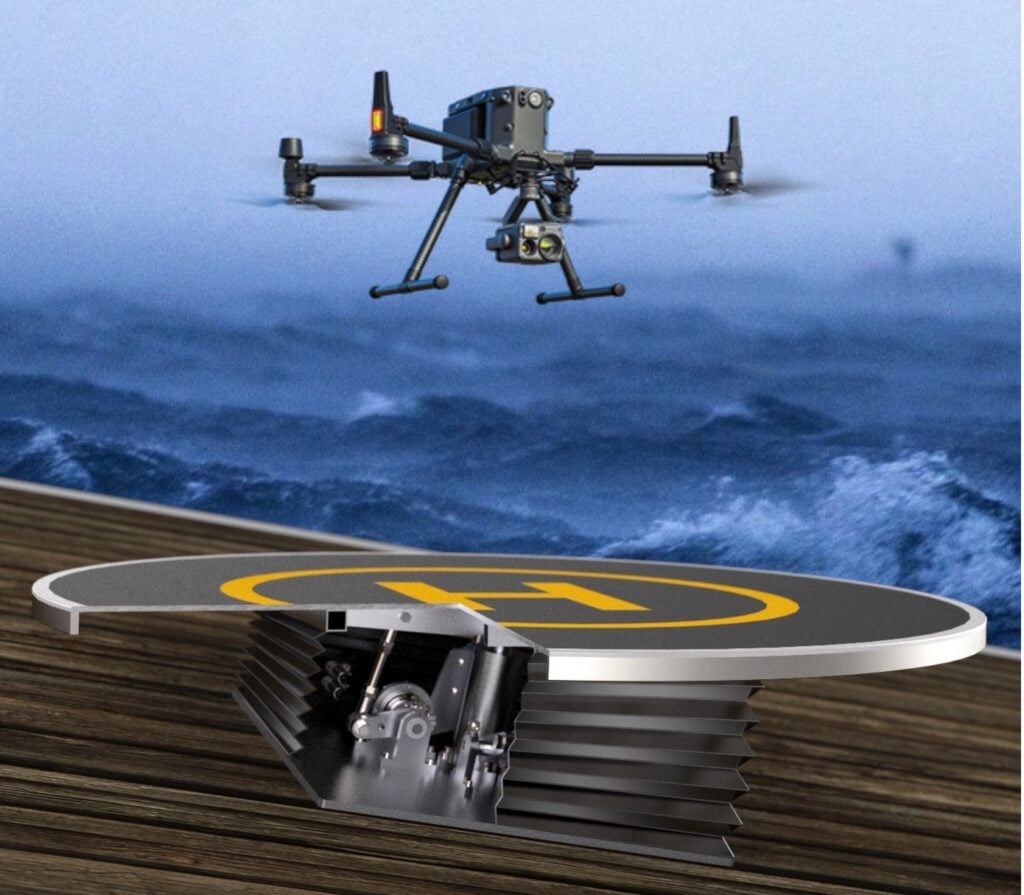
Innovative launch and landing platform developer STABLE has received NOK 6 million together with NORCE and other companies, to develop a stabilized platform for autonomous drones for offshore wind service missions.
Expanding on their heave compensation technology, STABLE will spend the funds awarded by The Research Council of Norway to establish safe conditions for drones taking off and landing on a moving vessel.
Drones weighing up to 200-300 kilos need stable conditions when they take off and land. Stable will develop a landing platform that counters vessel movements exposed to waves.
Svend Heier, CEO at Stable, says drone inspection of offshore wind farms is cost-efficient and likely to be a growing market in coming years. Since 2002, STABLE has been developing its stabilization technology.
“We established STABLE to develop stable tables for playing billiards on cruise ships. We have since delivered several billiard tables that adjust to ship movements, both for luxury yachts and cruise ships. Stabilizing a landing platform for drones, however, is more tricky. The platform must compensate for ship movements and sidewinds with great precision. It must also calculate the exact angle of the drone during landing,” says Heier.
If the platform is not exactly aligned to the drone at the moment of landing, the drone may slide off the platform and be damaged.
STABLE technology is based on traditional heave compensation systems for offshore cranes. Heier and his five colleagues are working hard to develop the necessary software and hardware. Sensors that register movements need to be more sensitive and accurate. Huge amounts of data must be relayed to the landing platform without delay.
“We have already tested the new technology. Results are promising. We see great business opportunities for stabilized landings platforms for drones, both in the offshore wind industry and in the navy. We are presently involved in a joint venture with the European defense industry to design stabilized platforms for drones, weapons and radars on navy vessels,” says Heier.
The contribution of NOK 6 million from The Research Council of Norway is part of a NOK 130 million package awarded to Norwegian tech companies that work with groundbreaking technology for the maritime sector. 15 companies have received funding.
Ministry of Fisheries and Ocean Policy, Cecilie Myrseth, says the government is committed to supporting research and innovation in the maritime sector; “This research will provide important knowledge as we move forward in the development of the blue economy. The ongoing projects will keep Norway at the forefront internationally,” says Myrseth.










